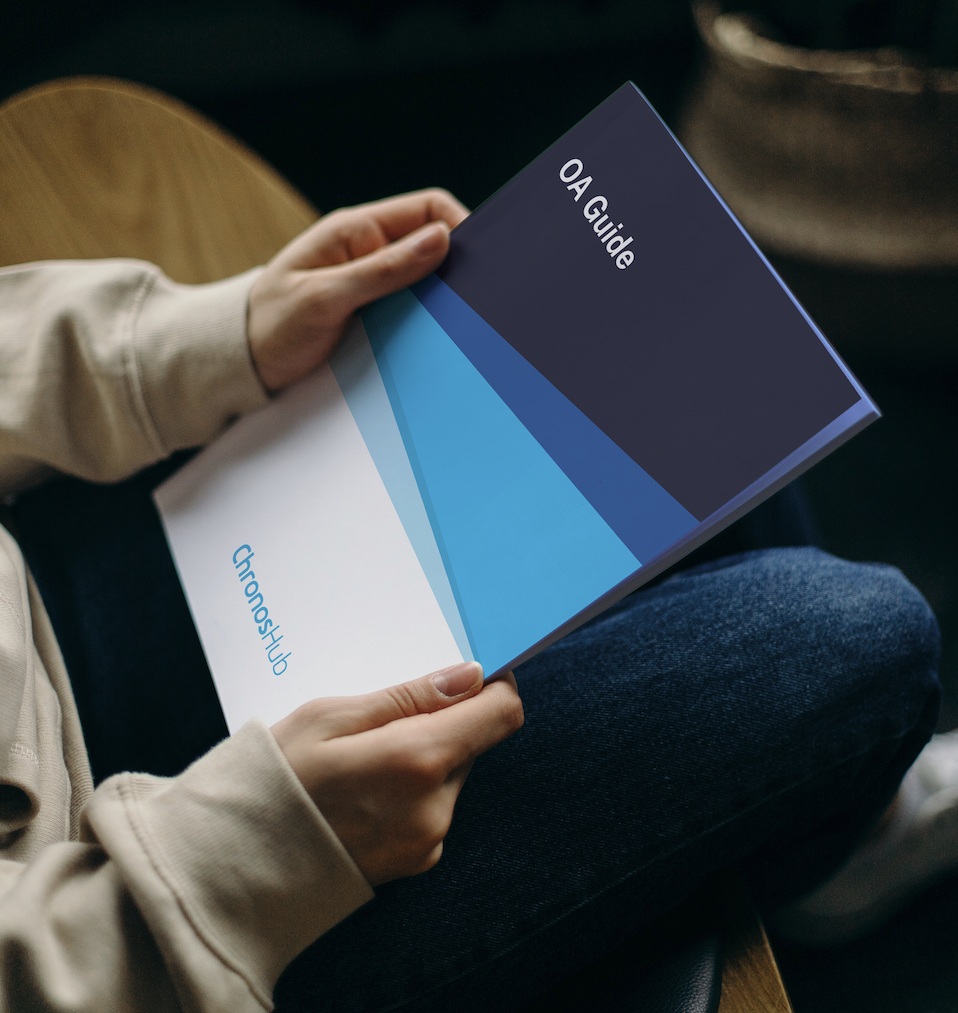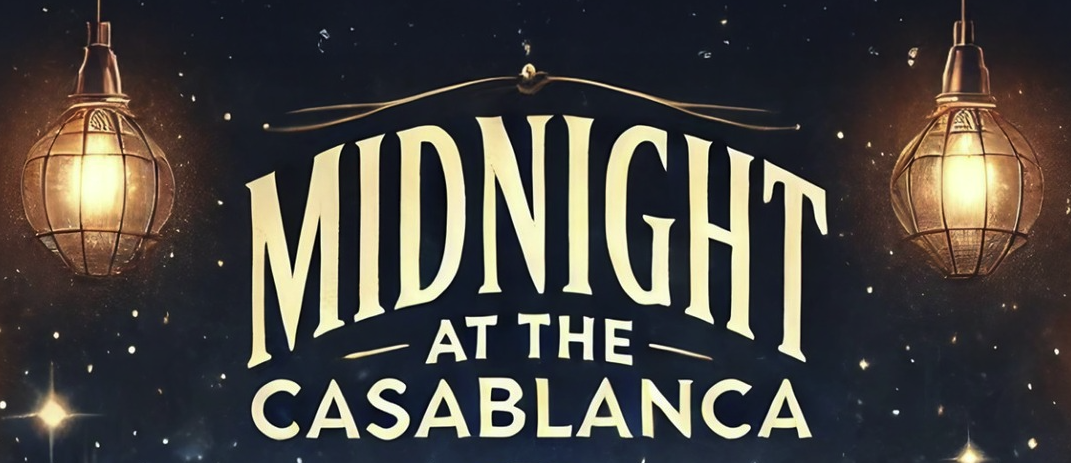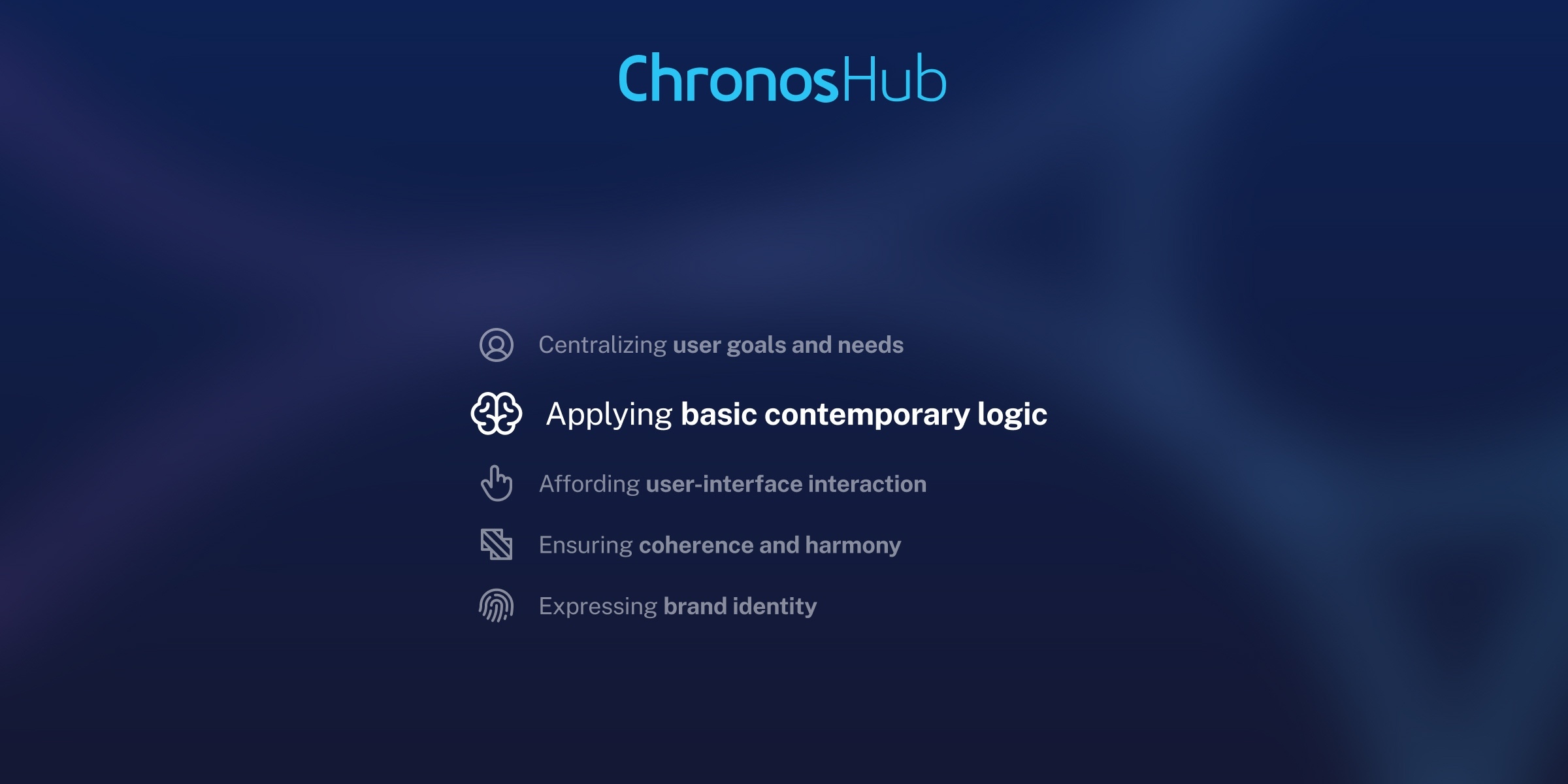Chapter 4: What Do Open Access Agreements Entail?


Many libraries and publishers negotiate agreements so that a researcher does not have to pay an article processing charge to get the final version of their work published open access.
Order the full booklet here.
Open Access Agreements
Agreements include Read & Publish, transformative agreements, transitional agreements, as well as institutional agreements such as membership discounts, or country waiver or discounts. This guide refers to all types of agreements as open access agreements.
But how can you know about the possibility of an agreement? Before submitting, authors can, for instance, use the Journal Checker Tool to see if there’s an agreement in place and if it’s funder compliant. At the American Chemical Society (ACS), authors can use the ACS ChronosHub Journal Finder to find all relevant information.
These steps are important in the journey toward a more ‘open’ world – still, a lot of articles are being published in closed access when they, ideally, should have been published OA. Why? Sometimes an author is not aware of an OA agreement, the publisher’s workflow didn’t recognize the author, it’s not the right article type, the author didn’t choose the OA option, or maybe the journal is no longer included in the agreement.
It’s important to be aware of these aspects and have the right tools and information at hand to make sure that you’re not missing out on an agreement that could potentially help you on your open access publishing journey.
Types of Open Access Agreements
Just like open access journal types and licenses, there is a variety of open access agreements to consider!
Usually, the agreements cover article processing charges, in full or partially, on behalf of the authors.
To create these agreements, the publisher and institution negotiate what is included, and this will normally include a subscription fee to access paywalled content, but also some an open access publishing fee to allow researchers from that institution to publish open access at no cost.
Open access agreements can also include institutional membership and country waivers and discounts, and these allow authors to publish for a lower cost.
The type of agreement is negotiated by the author’s affiliated institution and sometimes their funder. Currently, we are seeing agreements negotiated at a national level, which allow all authors from a certain country to publish for free.
There can be a lot of variety within the agreements themselves, depending on what was negotiated. It is important to be aware that some agreements cover all publishing whereas others are limited to a quota (a maximum number of articles that can be published per year) and some agreements will only cover certain article and journal types, such as hybrid journals.
Most agreements focus on hybrid journals, and these journals publish a combination of open access articles and subscription articles. The agreements for hybrid journals ensure that the institutions are not paying twice for an article, once for the subscription and then for open access publication, also known as ‘double dipping’.
The end goal is to increase open access output, making research widely available for researchers and readers! Now, more and more Read & Publish type agreements are being signed. A direct result of the open access agreements is a positive impact on open access output, as the number of open access articles has steadily increased since the introduction of these agreements in 2018.
Sample Agreement & Corresponding Author
Sample Agreement
Let’s look at an agreement recently signed between the Danish Royal Library and Wiley to get our heads around how agreements work. The agreement covers Danish universities and a list of other research institutions and is valid until the end of December 2025.
This specific agreement does not cover unlimited open access publishing. There is a cap on the number of articles per year (1,100) that can be published without article processing charges. Any articles published after the quota is used up will be entitled to a 15% discount on the APC. The agreement only applies to hybrid journals, almost all the Wiley journals, and to original research and review articles. The CC BY license is preferred, but exceptions are allowed.
The Royal Danish Library and Wiley provide instructions for authors going through the process. It is always worth checking with your institutional library about the agreements they currently manage and double-check on the publisher’s website for more detailed instructions. Both the library and the publisher should have information about the agreement you can access.
Corresponding Author
A lot of the time, open access agreements are based around the corresponding author role, and this is something to pay extra attention to when going through the publication process.
The corresponding author is the main contact with the publisher if more than one author is working on an article. They are the author who receives email updates about the article’s progress during the peer review and production, the peer review decision on the article, the production proofs to check, and they are responsible for the payment of the article processing charge.
They are usually the author who will trigger a discount or waiver, or agreement recognition, as in most cases the publisher will recognize this author’s affiliation. Therefore, before submitting an article it is worth considering who the corresponding author will be to get free or discounted open access publishing.
Success Story
At The Heart Of Scientific Research
The University of Lausanne (UNIL) is a mid-sized university based in Switzerland and home to approx. 15,600 students and seven faculties.
UNIL is a research-intensive institution primarily aimed at three subject areas: human and social sciences, life science and medicine, and environmental science. UNIL is devoted to the Open Science movement to improve science quality and make research more transparent and inclusive. The university’s approach to developing Open Science encircles clear open access efforts for both publications and research.
Simplicity and Transparency
In late 2021, UNIL embarked on a journey with ChronosHub to help with more efficient management of UNIL’s open access funds and efforts. ChronosHub will assist UNIL with a public Journal Finder featuring more than 43,000 journals as part of the initial phase.
With the Journal Finder, UNIL’s researchers can browse through various journals to see which publishing routes are compliant with funding policies relative to UNIL’s publishing agreements.
Read more about our success story with University of Lausanne here
Collection of Resources
The Journal Checker Tool (JCT) allows a researcher to enter the name of their funder, the institution they are affiliated with, and the journal to which they plan to submit an article. The tool then checks if this combination of funder, institution, and journal offers any route to compliance with Plan S.
Updated by institutions, the ESAC Transformative Agreement Registry provides details on publisher agreements.
The ChronosHub public Journal Finder has 43,000+ journals where you can filter by journal type and other criteria, and it includes information about archiving options.
Summary
We’ve shared our insights to help you navigate the world of open access publishing. We’ve shared the questions we often receive from researchers and administrative teams, so you can use this knowledge when you embark on your own open access publishing journey.
Designed as a companion to the webinar series for researchers we produced at the start of 2022, this guide collects all the insights in a comprehensive and easy-to-understand format.
From the researcher perspective, we began with a broad understanding of what Open Access is. We’ve shared the benefits of Open Access and the pitfalls, so you can confidently identify the causes of missed Open Access early.
Building on this foundation, we got to grips with the cost of Open Access and article processing charges. An article processing charge (APC) is paid to the publisher to make an article open access and we discussed when the APC is requested by the publisher and who pays.
As part of the initiatives, such as Plan S, some funders and institutions provide funding for APCs. But this often comes with a set of requirements. We discussed these in detail using working policies, explaining the difference between meeting funder open access compliance and payment eligibility.
Many libraries and publishers have negotiated agreements to support researchers in meeting open access requirements, which means a researcher does not have to pay to publish open access. We shared the steps required to make the most of these agreements and looked at current agreements to demonstrate how they work in practice.
Open Access benefits you, the researcher. Open Access connects your research to readers and libraries worldwide by removing financial and technical barriers.
We hope that this guide and our webinar series help you achieve these goals.
Share this post






